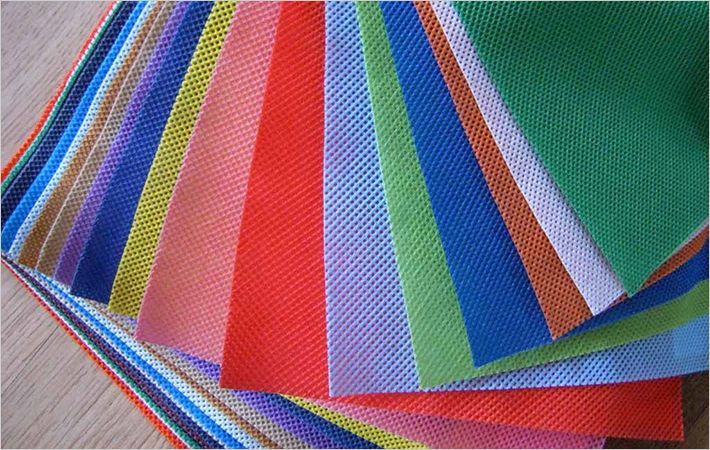The panels obtained by using this method are lighter than others similar in the market and they provide better thermal and acoustic performance. Besides, the usage of recycled materials contributes to significant reductions of energy consumption derived from the manufacturing process while reducing the environmental impact on its incineration and storage at landfills.
The construction sector has a great impact on the energy consumption and CO2 emissions into the atmosphere. The materials and the manufacturing processes used in construction have a high impact on the energy efficiency. Thus, the use of material waste not only reduces the energy consumption in the development of new products but also increases their lifecycle.
The study aims to reintroduce textile waste in the productive chain in order to obtain the panels for interior fittings used in construction. The used waste does not require any special treatment since they are remnants of quality control products such as manufacturing offcuts or remnants of threads. Besides, the use of chemical binders for the production of boards has a downside due to their pollutant emissions, toxicity, and fire performance. Hence, researchers suggest a low consumption binder with excellent properties against fires and contaminant emissions such as lime.
The researchers have developed a panel of binder textile fibre with natural hydraulic lime. According to the trials, the panels with textile fibre waste have lower density than others similar in the market. Likewise, these panels can enhance the thermal behaviour by reducing twice the thermal conductivity of other commercial materials. At the same time, the introduction of textile fibres can also improve the acoustic behaviour of the panels in terms of sound absorption.
Fibre2Fashion News Desk – India

